Altitude brings with it two characteristics
- reduction in ambient temperature (assuming some part is exposed).
- reduction in pressure.
With decreased temperature comes increase magnetic strength. Take Samarium-cobalt, there is usually a +-5% change centred around 25C (-55 -> 105), however there is usually a +-5% manufacturing tolerance on the magnet strength. At first glance this increase in magnet strength (increase in Kt) is beneficial? However, is it of practical use? Just because the ambient is at -55C or -30C does not mean the rotor is going to be at that temperature.
Case 1. unit is continually operated from takeoff until altitude. The decrease in ambient will help with the cooling of the stator (copper and iron losses) and in turn keep the rotor cooler, but it had already been operating for an extended period of time and depending on your operating duty and loading, might not be significantly cooler.
Case 2. unit was un-powered during accent and then was power at altitude, with suitable soaking time. Yes the magents would be at their coldest and your system would benefit from the higher torque per current. However... usage will still still warm the stator and rotor up until it again stabilises like Case 1. It will take some time, a time associated with the thermal mass and thermal resistance.
A product I have worked on was driving against a mechanical drive chain. This presented a higher drag at cold temperature. At -55C Qualification testing the overall performance was lower than nominal - motor-drive was performing better but the mechanics were not. At +90C ambient the overall performance was lower than nominal - motor-drive was performing worse than nominal while the mechanics were slightly better. All within spec but a noted overall characteristic.
Pressure.
Pressure brings with it two characteristics.
A reduction in pressure means a reduction in air density and thus less air to push against to maintain lift.
A turboprop has operated upto 20km ( https://en.wikipedia.org/wiki/Grob_Strato_2C ) and when you consider you are looking into characteristics up to 50,000ft (15km) and a "propeller load", this is something to consider.
At altitude the voltage breakdown characteristics also reduces. Pachen's curve. This means you could suffer from partial discharge or corona effects, if you operate at "high voltage" where high in this case is 1000V. This will drive improvements in winding insulation to ensure they do not break down. You have not stated the operating voltage thus this might not be a concern for you.

